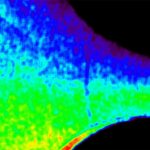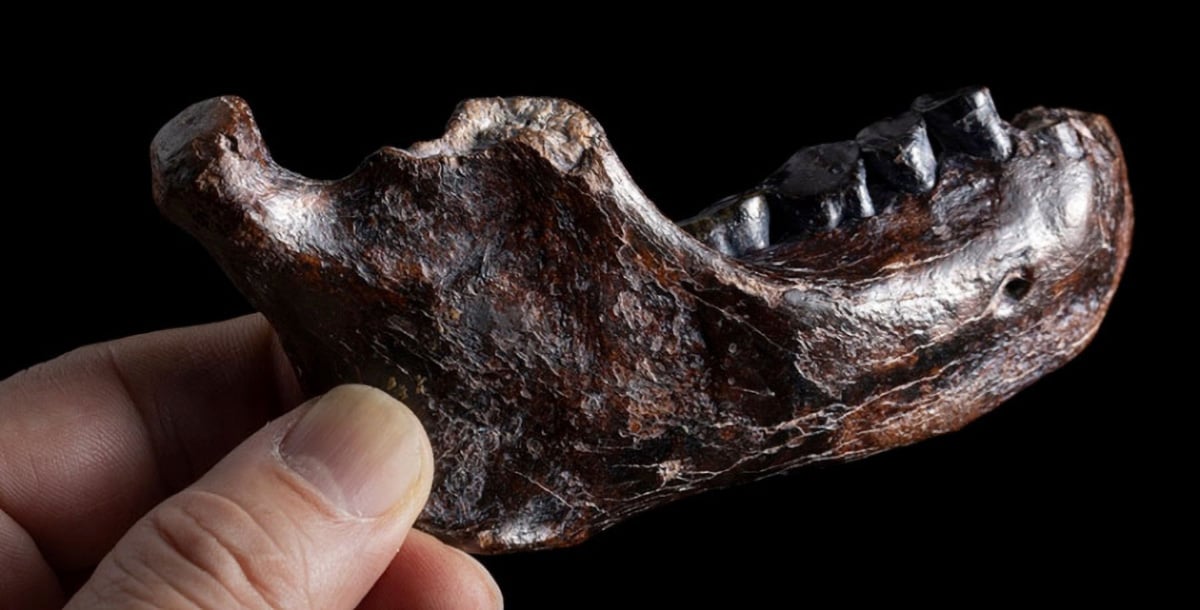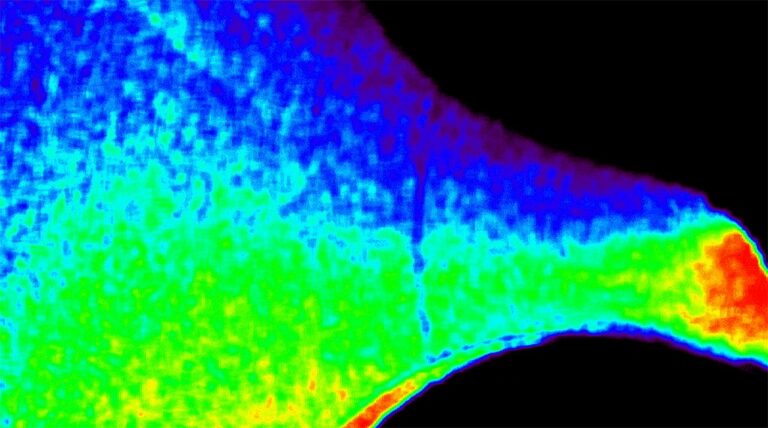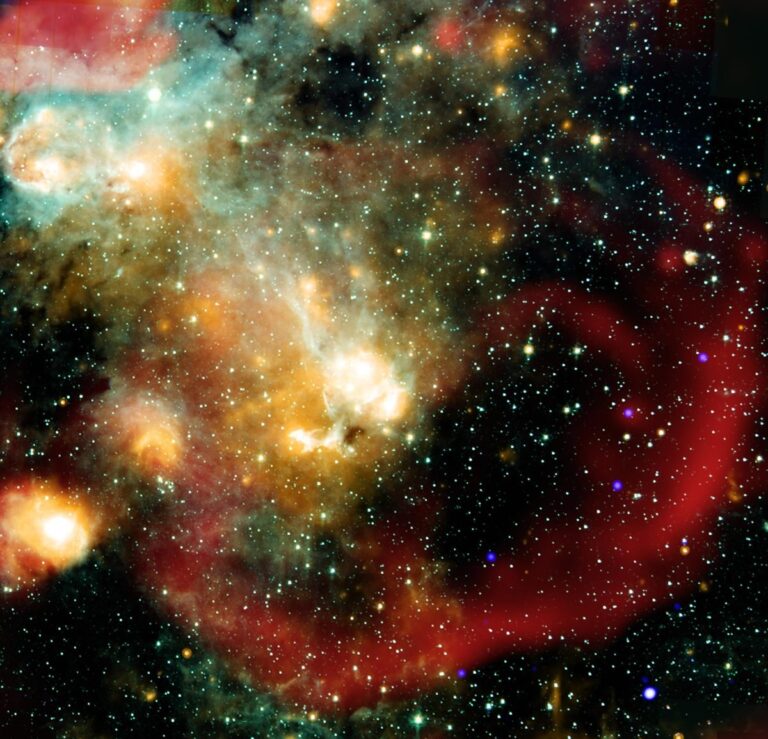Introduction
In a stunning breakthrough that’s sending ripples through the scientific community, researchers have uncovered fossil remains in Taiwan that may belong to a previously unknown human relative. This enigmatic discovery is not just another entry in the fossil record—it has the potential to rewrite our understanding of human evolution, migration patterns, and the diversity of ancient hominin species in East Asia.
As scientists dig deeper into this finding, it raises intriguing questions: Who were these mysterious people? How did they live? And what does their existence reveal about our distant past?
The Discovery: A Fossil That Changed Everything
The story begins off the coast of Taiwan, where fishermen dredged up a fossilized jawbone from the sea floor. At first glance, it resembled the lower jaw of an archaic human, but closer analysis revealed something astonishing: the jaw didn’t quite match any known species of Homo—not Neanderthals, not Homo erectus, and not Homo sapiens.
The fossil, dubbed “Penghu 1”, contains features that suggest a unique evolutionary lineage, potentially a long-lost cousin of modern humans. Its robust build and unusual dental structure point to a previously unidentified hominin species that once roamed East Asia.
What Makes This Discovery So Enigmatic?
1. Unexpected Location
Until recently, Taiwan wasn’t considered a hotspot for ancient human evolution. Most of the major discoveries—like Homo floresiensis in Indonesia or Denisovans in Siberia—were concentrated in other parts of Asia. Finding such a significant fossil near Taiwan challenges existing migration theories, indicating that ancient human relatives may have dispersed much more widely than previously believed.
2. Unique Morphology
The jawbone of Penghu 1 is more massive than that of Homo sapiens, yet doesn’t fit neatly into the Homo erectus category either. Its robust teeth and large molars hint at a diet and lifestyle adapted to a specific ecological niche, possibly coastal or riverine environments.
3. Clues to Hidden Diversity
This discovery suggests there may have been multiple unknown hominin lineages coexisting in East Asia, many of which may not have been genetically mapped yet. It reinforces the idea that human evolution wasn’t a straight line but a tangled web of interactions, interbreeding, and isolated adaptations.
What It Means for Human Evolution
A. Rethinking the Out-of-Africa Model
While the “Out of Africa” model remains foundational, finds like Penghu 1 push us to consider the regional complexity of human evolution. Were there isolated groups evolving separately in Asia, just as there were in Africa? Did these groups encounter and influence one another?
B. Possibility of Undiscovered Relatives
If one unknown species existed in Taiwan, how many more are hidden beneath the sea or buried under sediment across Asia? The fossil record in this region remains vastly underexplored, which means we’re likely just scratching the surface of what’s out there.
C. Interbreeding and Genetic Legacy
Although we don’t have DNA from Penghu 1 yet, future finds might provide genetic material. If so, we could discover traces of this enigmatic species in modern human DNA, just like we did with Neanderthals and Denisovans.
Why This Matters Today
Understanding our ancient relatives isn’t just about the past—it helps us understand who we are today. The discovery of new hominin species:
Expands the human story, showing us the true complexity of evolution.
Challenges anthropocentric narratives, reminding us we weren’t alone in this journey.
Inspires modern science, especially genetics, anthropology, and archaeology, to ask deeper questions about identity, adaptation, and survival.
The Global Impact of the Penghu 1 Discovery
This single jawbone has the power to redraw maps of ancient migration, shift scientific timelines, and reframe our assumptions about who our ancestors were. It adds to a growing body of evidence suggesting that Asia played a far more complex role in human evolution than once thought.
More importantly, the Penghu 1 fossil represents a call to action—a reminder that Earth still holds secrets beneath its oceans, deserts, and jungles. Secrets that could forever change our understanding of what it means to be human.
Conclusion
The discovery of an enigmatic human relative in Taiwan is more than a scientific milestone—it’s a paradigm shift. It reminds us that prehistory is not a closed book, but an evolving narrative waiting to be told. As new fossils are unearthed and new technologies applied, we inch closer to the full picture of our ancient past.
In the end, we are all products of countless generations, some known, others still waiting to be found. With each discovery like Penghu 1, we rewrite the story of us—one jawbone at a time.

















+ There are no comments
Add yours